

The evolution of timekeeping tools—clocks and calendars—has been a crucial aspect of human civilization. As societies progressed from ancient times to modernity, the need for accurate time measurement became increasingly important for agriculture, trade, religious observances, and governance. From the earliest sundials to atomic clocks and digital calendars, the development of time tools has been driven by the quest for precision, synchronization, and practicality. This article explores how timekeeping devices, particularly clocks and calendars, have evolved over centuries and their profound impact on human history.
Before mechanical clocks and calendars, ancient civilizations relied on natural phenomena such as the sun, moon, and stars to measure time. Early timekeeping systems were based on the observable cycles of the Earth, such as the day, the year, and the lunar phases. However, as societies grew more complex, the need for more standardized and precise time measurement became essential.
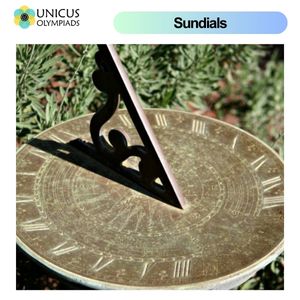
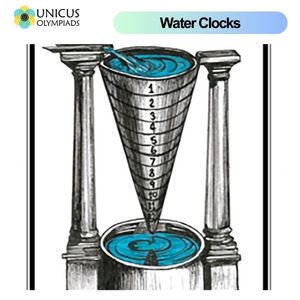
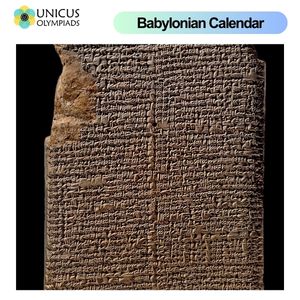
As human societies expanded and urbanized, more accurate and reliable methods of measuring time became necessary. The advent of mechanical clocks during the Middle Ages was a significant leap forward in timekeeping technology. These clocks relied on gears, weights, and other mechanical components to measure time more consistently than ever before.


With the development of global trade and transportation in the 19th century, the need for standardized time grew. The use of local time, based on the position of the sun, led to confusion and inefficiency, especially with the expansion of railways and telecommunication systems. This prompted the development of standardized time systems and time zones.
The 20th century saw the advent of digital technology, which revolutionized the way we keep track of time. The introduction of electronic and atomic clocks, as well as digital calendars, marked the beginning of a new era in timekeeping.
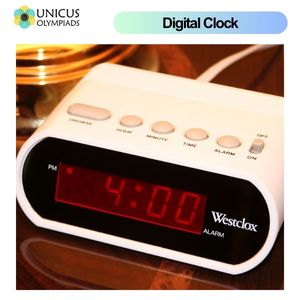
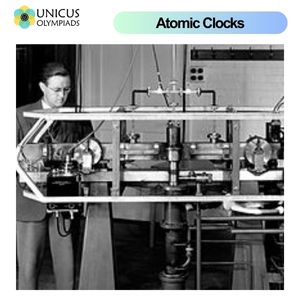
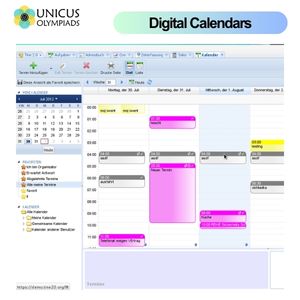
As technology continues to advance, timekeeping will likely become even more precise and integrated into our daily lives. The rise of quantum clocks and advancements in GPS technology promise to push the boundaries of accuracy and synchronization even further.

The evolution of time tools, from the earliest sundials and water clocks to modern digital clocks and atomic timekeeping systems, has played a critical role in the development of human societies. Timekeeping devices have enabled humans to organize, plan, explore, and connect in ways that were once unimaginable. As technology continues to advance, time tools will likely continue to evolve, further shaping how we perceive and manage time in the future. The journey from ancient timekeeping methods to the cutting-edge technology of today is a testament to human ingenuity and the enduring importance of time in our lives.